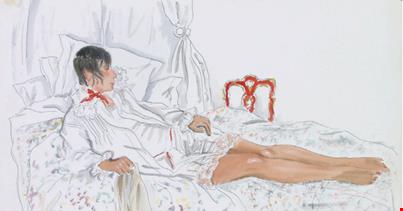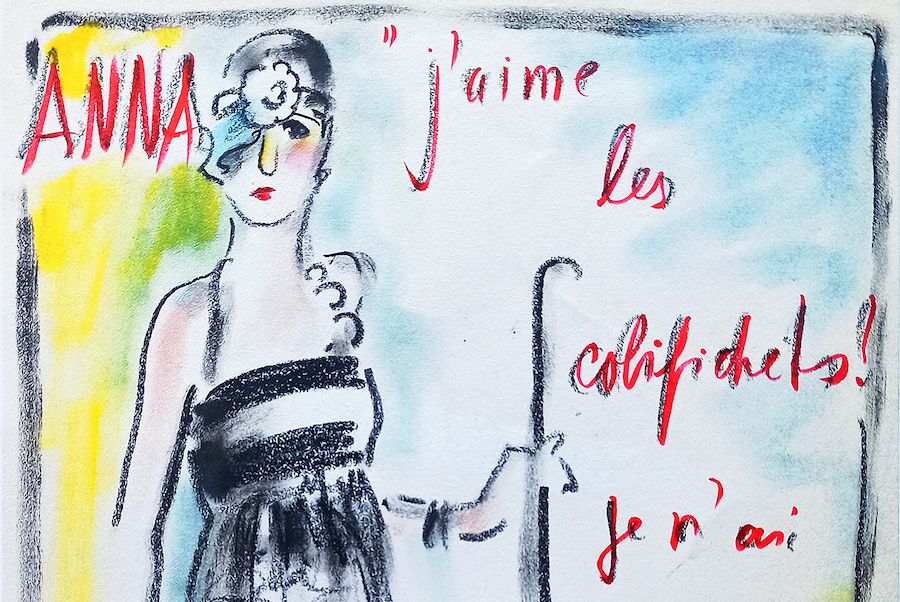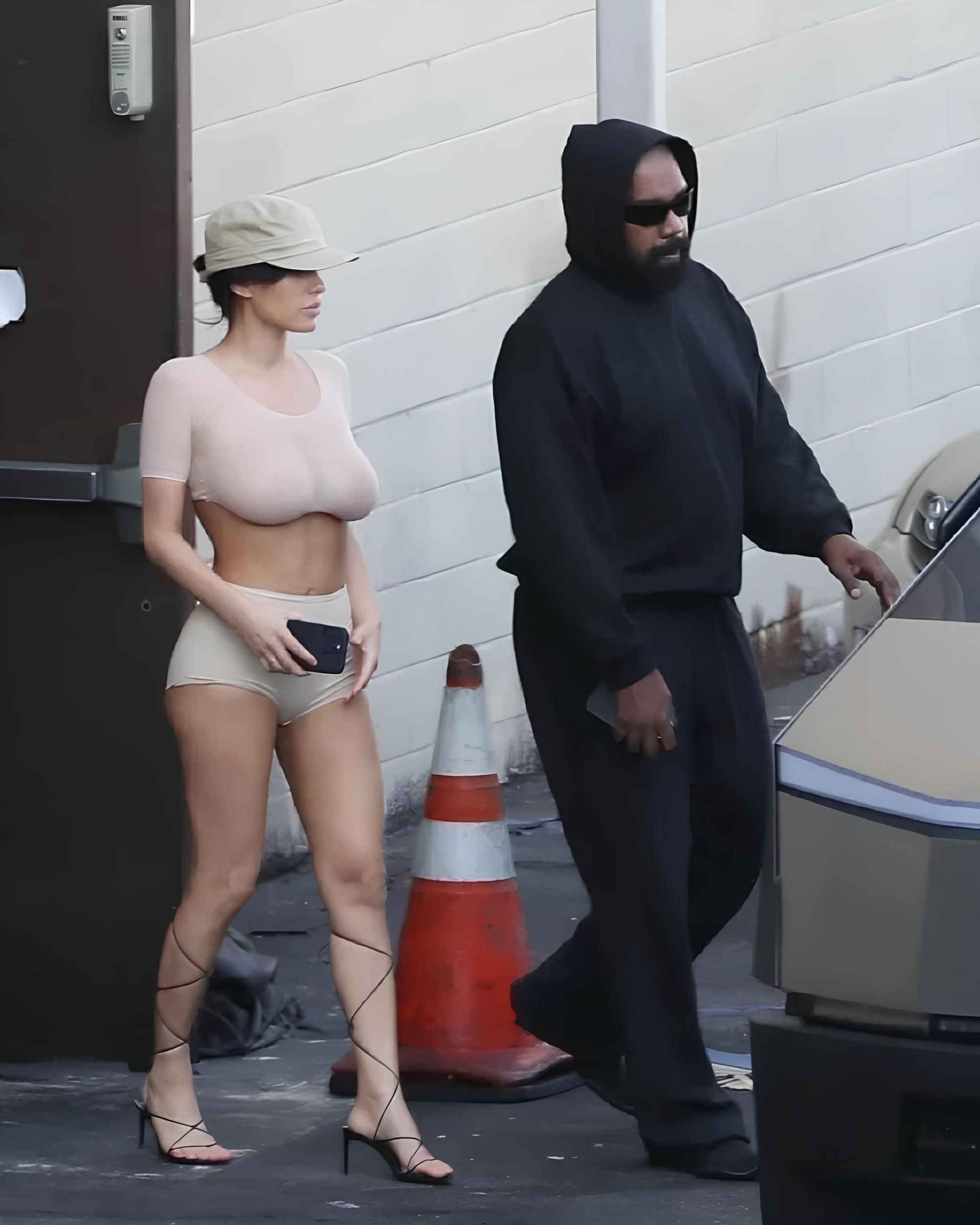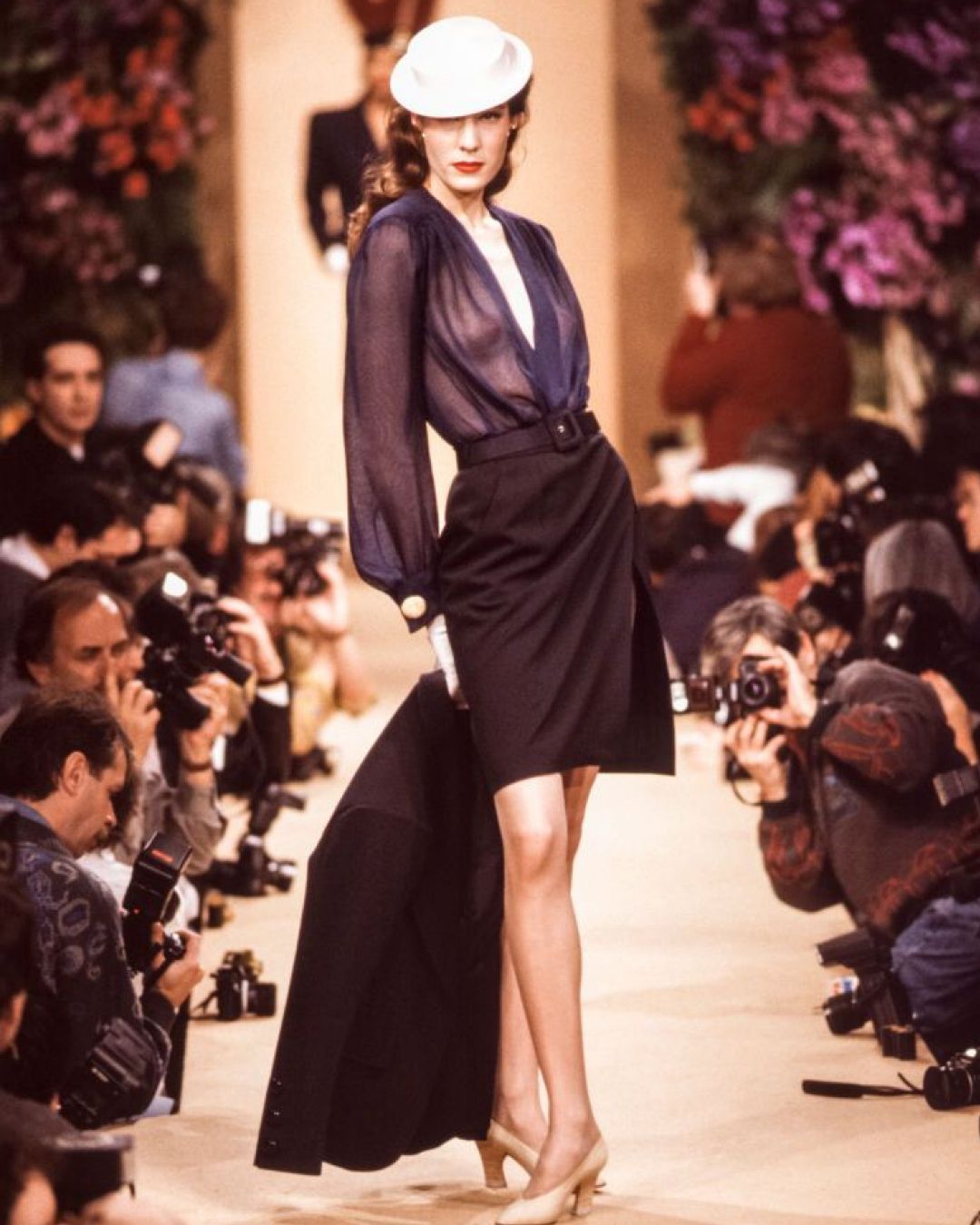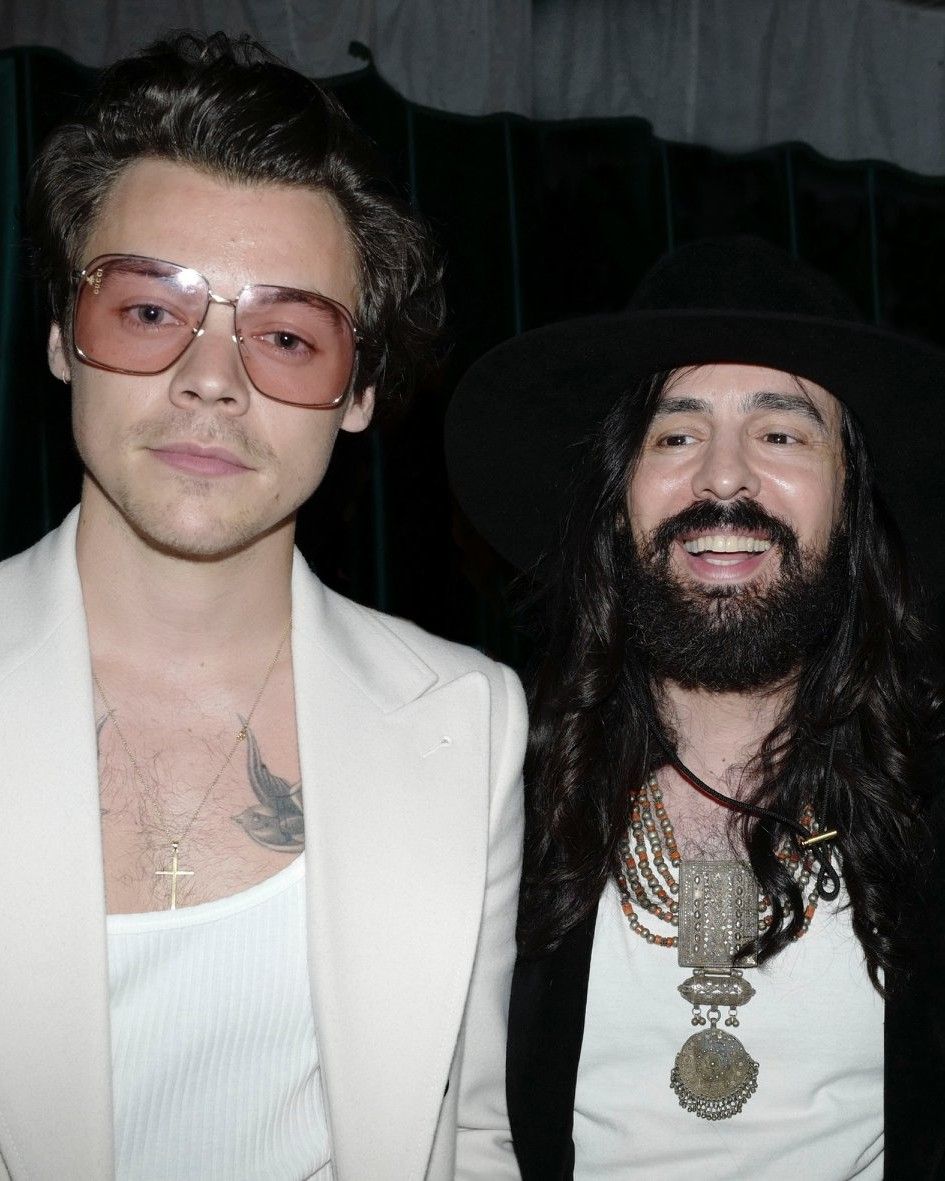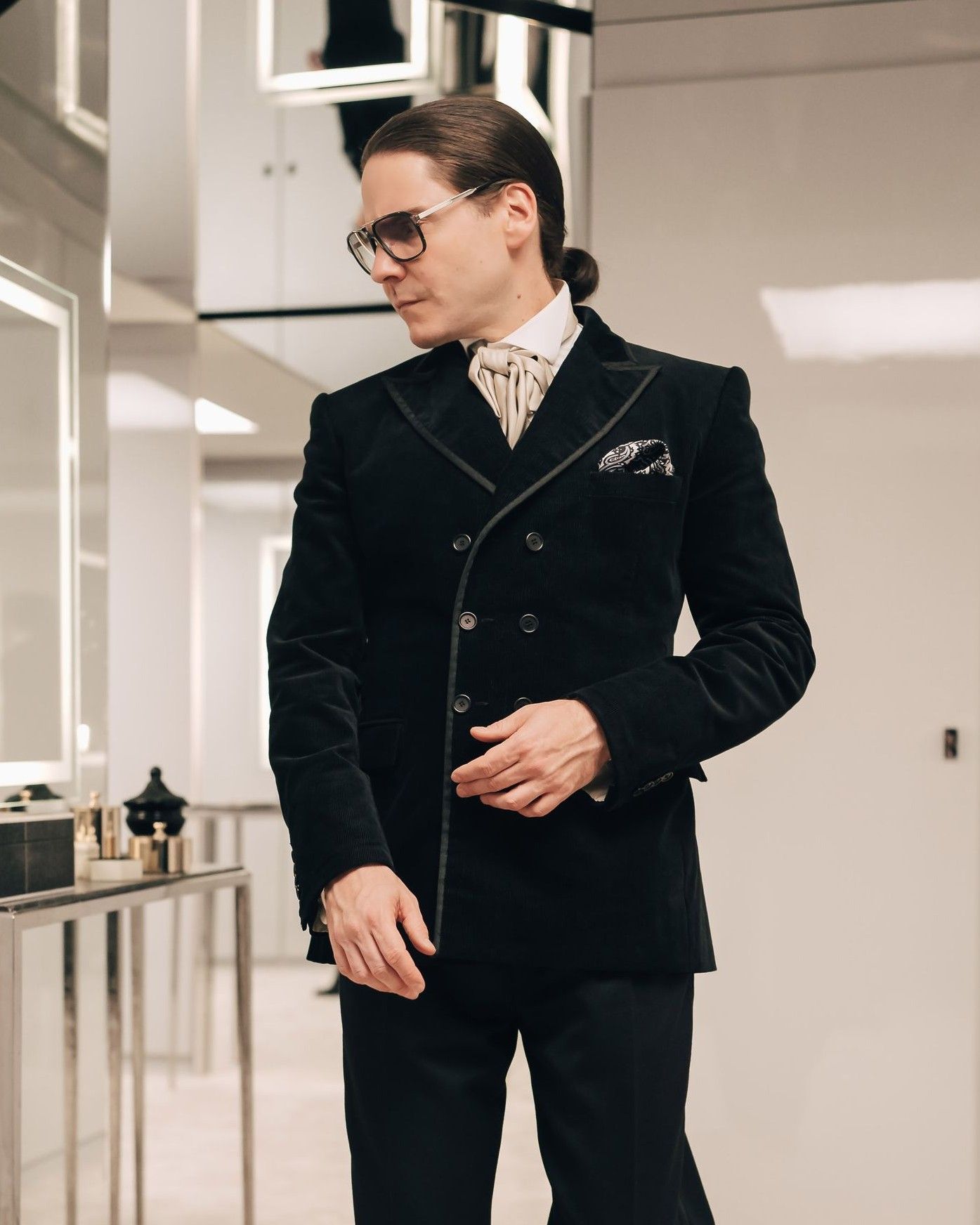
The friendship between Karl Lagerfeld and Anna Piaggi What the Kaiser of fashion and the dandy of publishing have in common
Before the advent of the digital revolution and before the word storytelling took root in the mental encyclopaedia of every Web 2.0 native, fashion was mainly told on catwalks and in newspapers. From these two universes, separated only by the calendar of a fashion week and an upcoming editorial, come two great creatives of the international scene: Anna Piaggi and Karl Lagerfeld. United by a totalising and highly ambitious vision of fashion, Anna and Karl shared a friendship that went beyond the front row.
A scenario that, if one wanted to repeat its logic today, would suffer from a marketability or pr strategy that has nothing to do with the spontaneity of a creative impulse in the broadest sense. What also remains of this friendship is the memory of a publishing industry that was able to shape the fashion system in a much more pervasive way by making decisions - is that what luxury is all about? - far from predictability and aiming to provide a sounding board for a brand's values. Anna wanted to be the author of a style that is literally unreproducible, transforming fashion into a temporal spectrum that can be used freely and consciously. Karl was about freeing himself from the burden of everyday life and developing a visually appealing language. Some would say that Anna Piaggi and Karl Lagerfeld were privileged - the process of mythologisation that affected both figures certainly exaggerated some aspects of them - because they shaped the images of an era that was perceived as less unpleasant. Who knows if this was actually the case. One would have to question them, question their views once again. Here, however, we can at best hint at them.











































